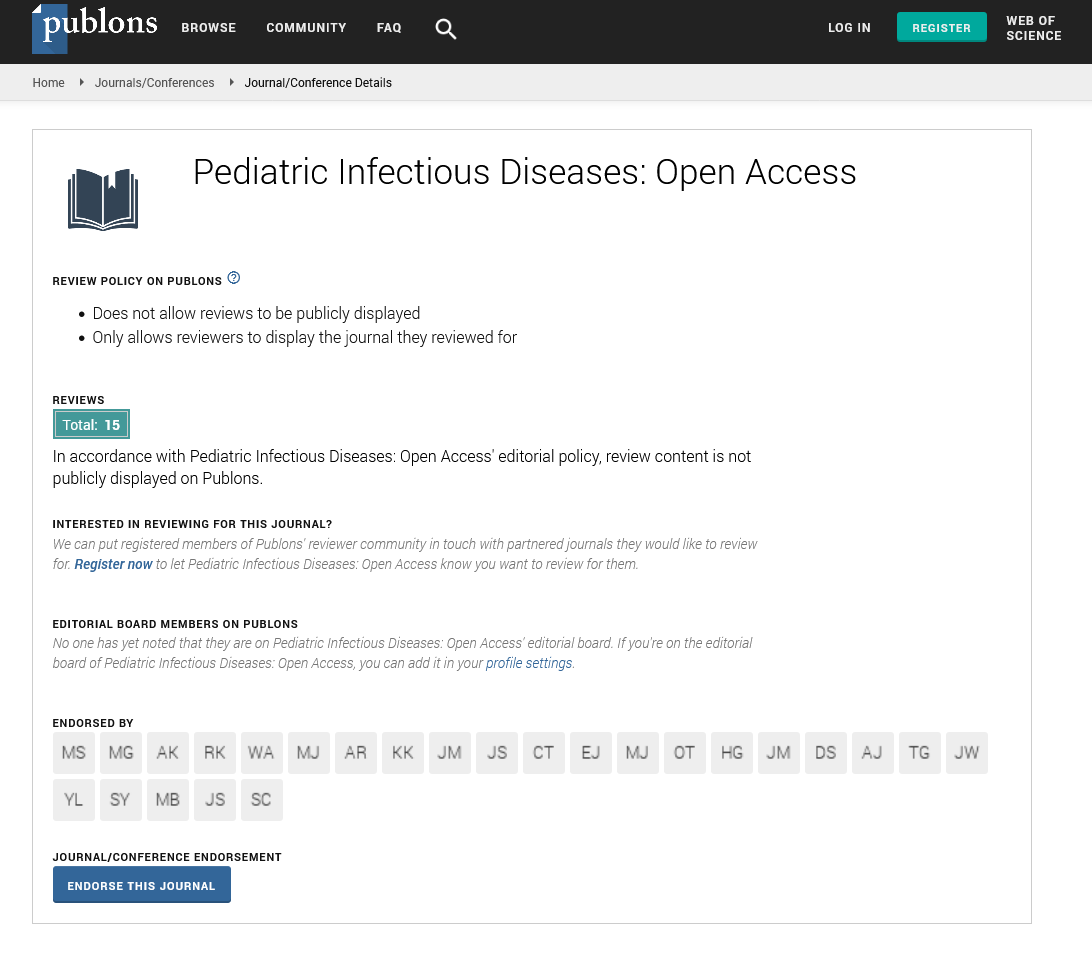Abstract
Urine bisphenol-A (BPA) levels in relation to obesity among sample of Egyptian children
Bisphenol A (BPA) is a chemical substance used extensively world-wide in the manufacture of plastic polymers.The environmental obesogen hypothesis suggests that early life exposure to endocrine disrupting chemicals such as BPA may increase the risk for weight gain later in childhood. Recent reports stated that infants and children are mostly exposed to BPA due to higher usage of plastic materials for food and drinks packaging and toys. Aim of this study is to find the relation between BPA and obesity among Egyptian children. BPA concentrations were measured in randomly collected urine samples of 297 Egyptian children 2-18 years old of different social levels. Weight and height had been measured for all and the BMI had been calculated and correlated to the urinary BPA concentration. The mean LOG total BPA in obese children (-0.28±0.44 ng/ml) was significantly lower than that in non-obese children (-0.12±0.47 ng/ml) (p=0.047) and the mean LOG of adjusted BPA/gm of creatinine in obese children (2.44±0.53) was significantly lower than that in non-obese children (2.72±0.53) (p=0.004). Also, correlations of total, conjugated, unconjugated and log urinary BPA concentrations/gm of creatinine with indicators of obesity. Only the adjusted log transformed urinary BPA level/gm of creatinine shows highly significant negative correlation with obesity indices including BMI-z score, waist circumference and hip circumference (r=-.257, p=.002; r=-.267, p=.001; and r=-.281, p=.001 respectively). No significant difference could be detected between obese and non-obese children as regard BPA. Exposure to BPA as measured by total urinary BPA concentration was not a risk factor for obesity.
Author(s): Iman Kamel
Abstract | Full-Text | PDF
Share this

Google scholar citation report
Citations : 230
Pediatric Infectious Diseases: Open Access received 230 citations as per google scholar report
Pediatric Infectious Diseases: Open Access peer review process verified at publons
Abstracted/Indexed in
- Google Scholar
- China National Knowledge Infrastructure (CNKI)
- Cosmos IF
- Secret Search Engine Labs
Open Access Journals
- Aquaculture & Veterinary Science
- Chemistry & Chemical Sciences
- Clinical Sciences
- Engineering
- General Science
- Genetics & Molecular Biology
- Health Care & Nursing
- Immunology & Microbiology
- Materials Science
- Mathematics & Physics
- Medical Sciences
- Neurology & Psychiatry
- Oncology & Cancer Science
- Pharmaceutical Sciences


